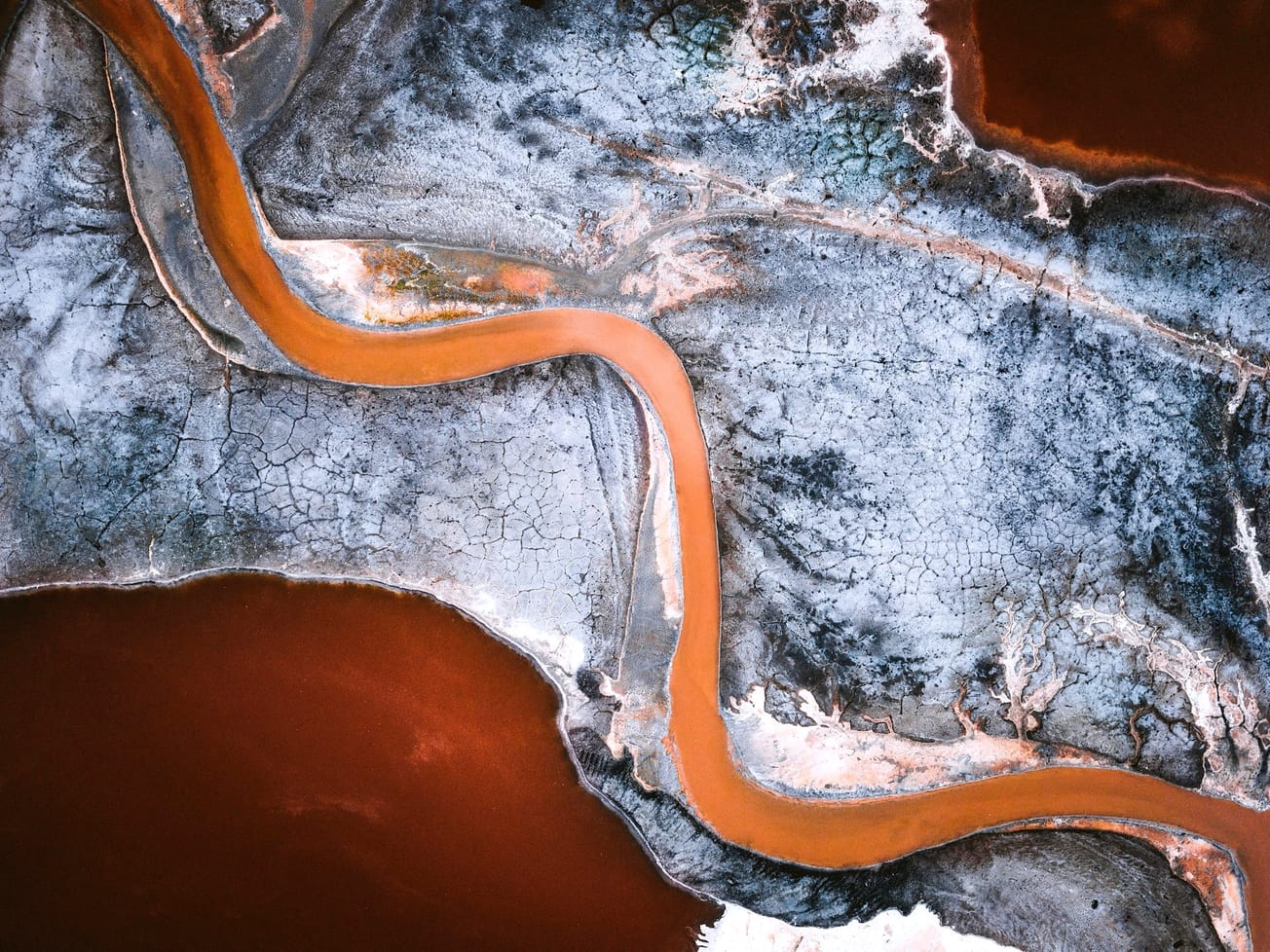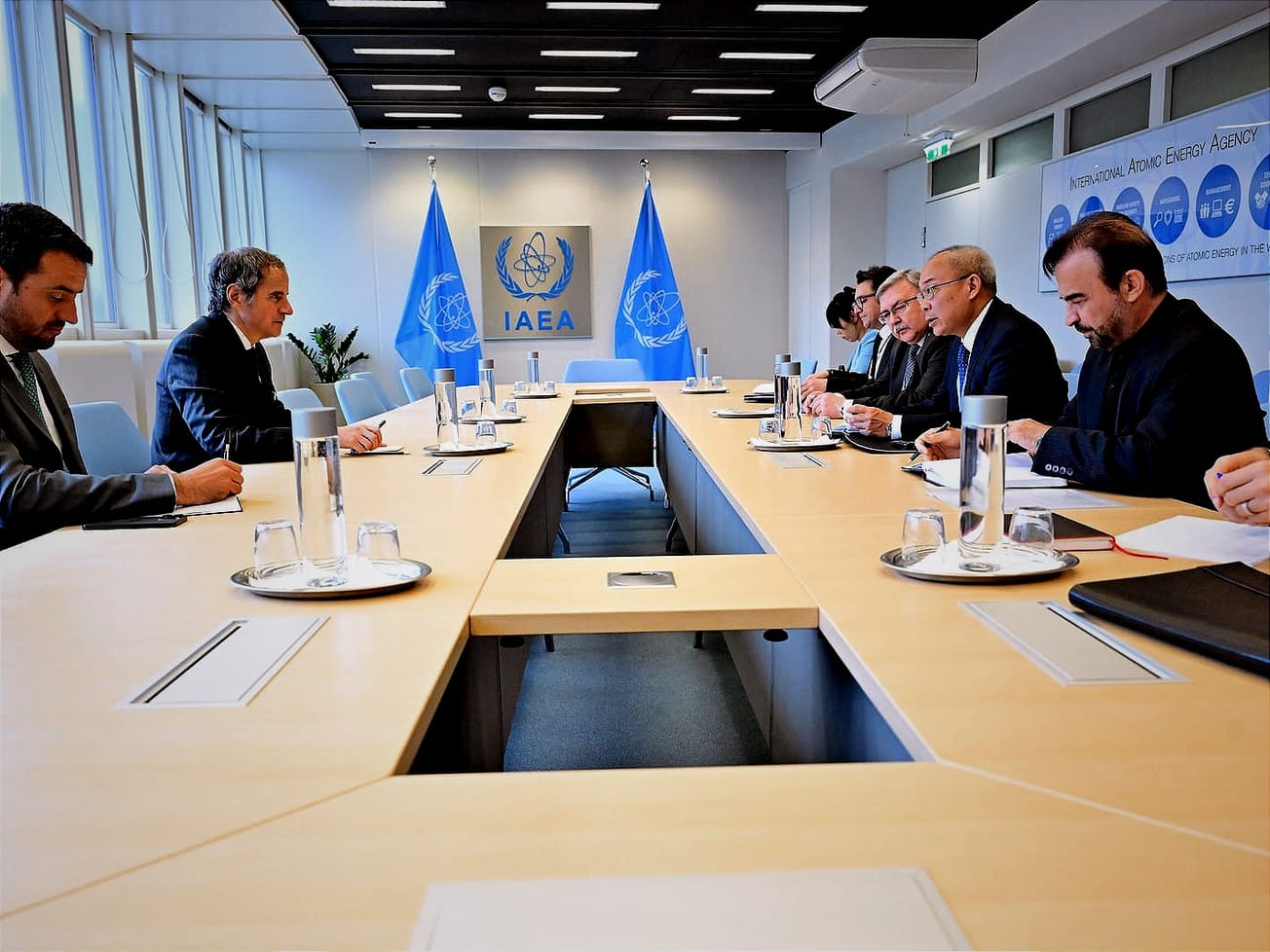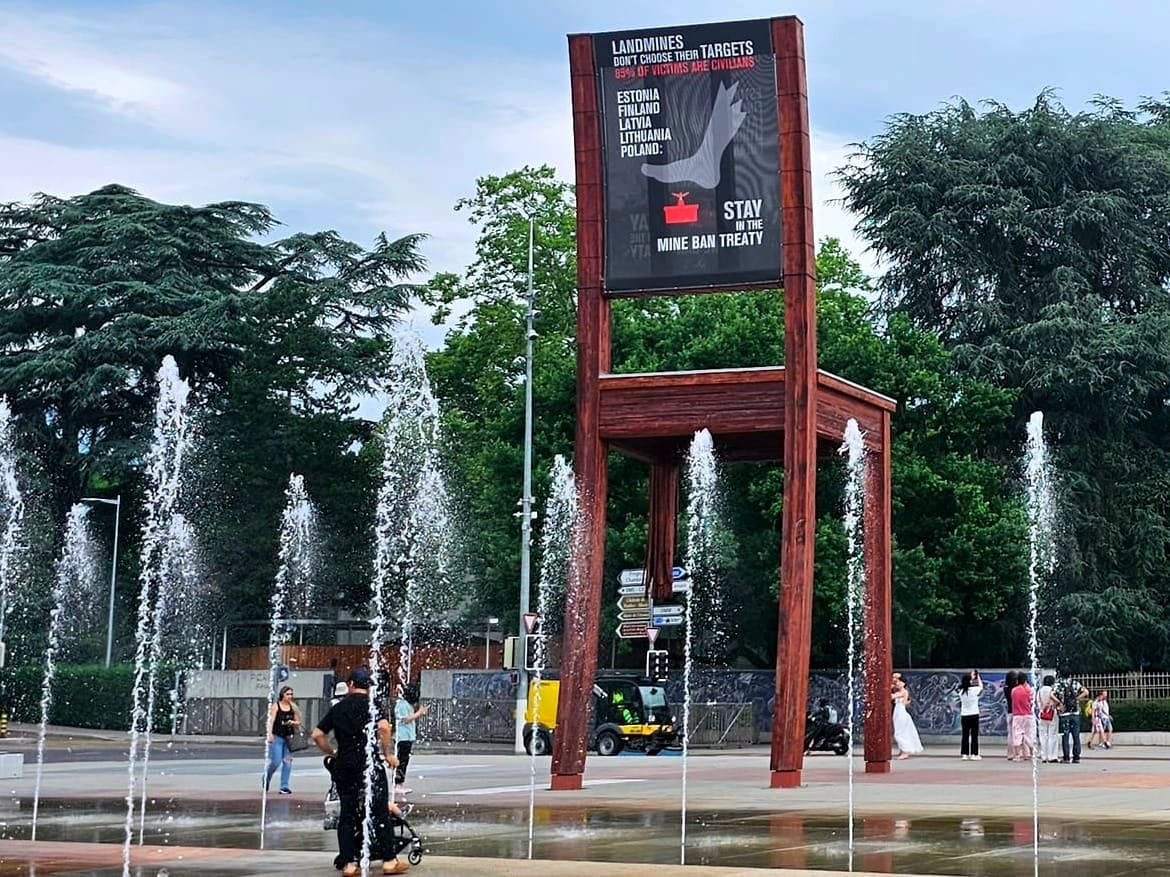Two NASA astronauts arrived at the International Space Station aboard their Crew Dragon capsule, a day after SpaceX’s Falcon 9 rocket made the first American crewed launch in nearly a decade.
The Crew Dragon manned by NASA astronauts Bob Behnken and Doug Hurley — both former military pilots who have each flown two Space Shuttle missions — reached the ISS's Harmony port on Sunday, docking while the spacecraft were flying about 262 miles above the northern border of China and Mongolia, NASA said. The journey appeared live on NASA TV's official video stream.









